Many limitations in agricultural land accumulation
Over the years, Vietnamese agriculture has played an extremely important role in economic development and social stability, especially during difficult periods of the economy .
However, the rural agricultural sector still shows many shortcomings and limitations. Agricultural growth is slow and unsustainable, mainly based on resource-intensive use. Mechanization is slow, investment attraction in agriculture is not as expected, linkages are weak, and specialized areas have not been formed.
Sharing with Nguoi Dua Tin , Dr. Tran Cong Thang - Director of the Institute of Policy and Strategy for Agricultural and Rural Development - admitted that currently, agricultural land in our country is still small, fragmented, and ineffective. Land accumulation is currently taking place slowly and can only occur in mostly vacant land, bare hills, and water surface land that has not been put into use, but in these areas, land use right certificates are unclear.

Dr. Tran Cong Thang - Director of the Institute of Policy and Strategy for Agricultural and Rural Development.
Pointing out many limitations of agricultural land accumulation and concentration after the implementation of the 2013 Land Law, Mr. Thang acknowledged issues related to the limit on land use rights transfer, time, method, and subjects.
Specifically, the limit for receiving the transfer of agricultural land use rights for households and individuals is not more than 10 times the land allocation limit, and households are not allowed to have an area larger than the limit for receiving the transfer of land use rights.
Some obstacles in attracting businesses to invest in agriculture include complicated administrative procedures to implement investment projects, relatively strict regulations on conditions for enjoying policies, regulations on large project scales that are difficult for small businesses to access, low budget sources to ensure policy implementation and slow disbursement.
At the same time, there is no legal mechanism for enterprises to lease long-term agricultural land from agricultural households to use this lease right as collateral to borrow capital from banks and create conditions for agricultural production and business enterprises to convert part of the area to build supporting infrastructure to serve the pre- and post-agricultural production activities.
From a business perspective, Mr. Tran Manh Bao - Chairman of the Board of Directors, General Director of Thai Binh Seed Joint Stock Company said that the revised Land Law needs to have regulations on how to maintain the rice land area, how to make sure that even if the crop structure is changed, the land can still be used to grow rice when needed.
“Land limitation is the most pressing issue in agricultural production, so there needs to be a mechanism to accumulate large areas of land for businesses to ensure production efficiency,” said Mr. Bao.
Besides, according to Mr. Bao, the land lease term for enterprises must be as long as in the business contract, avoiding the arbitrary regulation of lease terms, each locality leases a different type of time, causing enterprises to have to re-apply all day.

There needs to be a mechanism for land accumulation on a large scale to create conditions for business production.
Untie the "bottleneck" for agricultural land
Evaluating the draft Land Law (amended) that is being consulted, Dr. Nguyen Dinh Bong - Vice President of the Vietnam Soil Science Association said that some issues on land concentration and accumulation have now been cleared up, bringing unique ideas.
“Economic organizations, Vietnamese people residing abroad, and economic organizations with foreign investment capital that need to use land for agricultural production, forestry, aquaculture, and salt production will be considered for land lease by the State to carry out investment projects,” Mr. Bong pointed out.
Regarding the accumulation and concentration of agricultural land, Dr. Nguyen Dinh Bong said that the draft Law specifically stipulates the principles and methods of concentration and accumulation of agricultural land. With such new regulations on the accumulation and concentration of agricultural land, it will contribute to adjusting land according to the socialist- oriented market mechanism, overcoming current shortcomings.
At the same time, the draft Land Law (amended) is also built in the direction of meeting the requirements of economic sectors, especially domestic economic organizations (cooperatives, small and medium enterprises, enterprises belonging to economic groups), foreign-invested enterprises, promoting land accumulation and concentration towards large-scale, concentrated and effective agricultural commodity production.
Therefore, according to the expert, the draft revised Land Law will create opportunities for agricultural households and investors to access land; encourage and attract domestic and foreign investment in agricultural commodity production sectors where our country has competitive advantages, and promote land concentration and accumulation towards large-scale agricultural commodity production.
However, Mr. Bong stated that the production of goods in general and agriculture in particular depends on factors including: land - labor - capital. Therefore, the accumulation and concentration of agricultural land requires linking the shift in land structure with the shift in the structure of labor in rural and agricultural areas towards industry and services.

Dr. Nguyen Dinh Bong - Vice President of Vietnam Soil Science Association.
From there, Dr. Nguyen Dinh Bong suggested: Concentrating agricultural land will take place in many flexible forms, but regardless of the form, it must ensure the purpose of developing large-scale commodity agriculture applying high technology, ensuring voluntariness and mutual benefit between the person granting land use rights, the unit receiving land use rights and the State; determining the scale of production and concentrating agricultural land based on the demand for payment ability and forecasting possible consequences to have appropriate solutions.
At the same time, according to Mr. Bong, agricultural land accumulation operates according to market mechanisms, through civil transactions. A part of farming households or investors have capital, have the capacity to organize production, and have the need to receive land use rights transfer to expand the scale and increase the value of land use. Farming households lacking capital to invest in production, to maintain production, can choose other forms.
Finally, the expert said that, in parallel with the Institute issuing legal documents guiding the implementation of the Land Law, it is necessary to review and adjust the mechanisms and policies on land finance, land prices, land valuation, conditions and procedures for transferring land use rights for land in general and agricultural land in particular, creating conditions for land users to have the opportunity to access the supply of agricultural land on the secondary land use rights market in an open and law-abiding manner .
Source


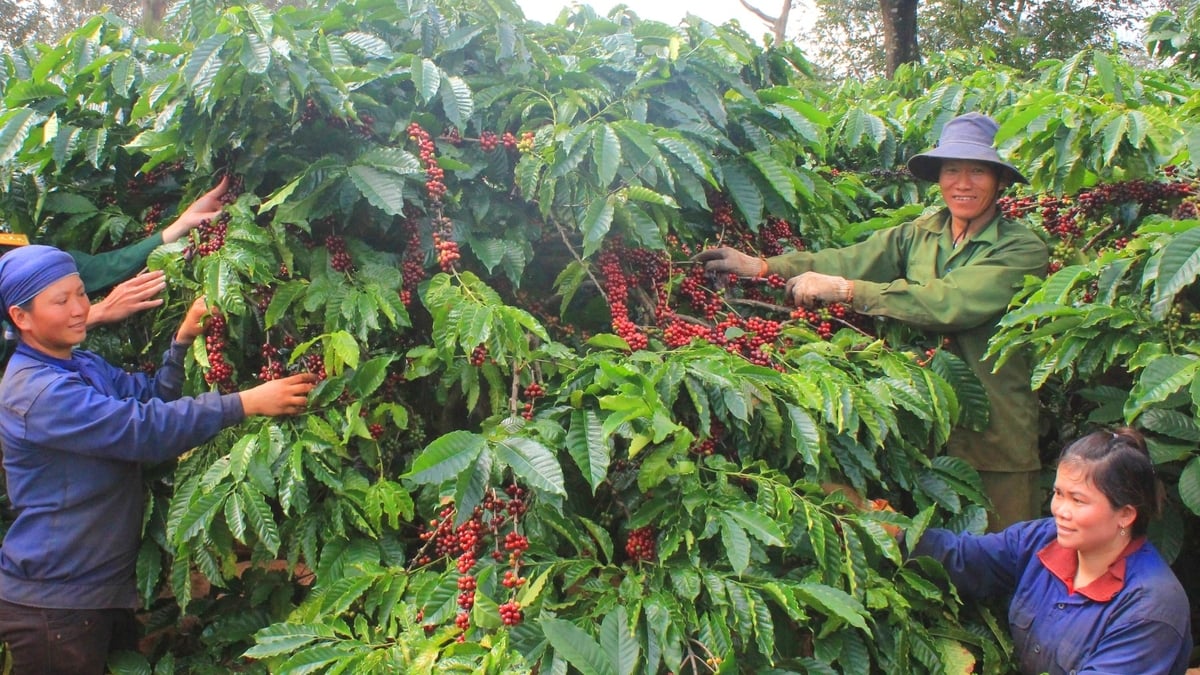

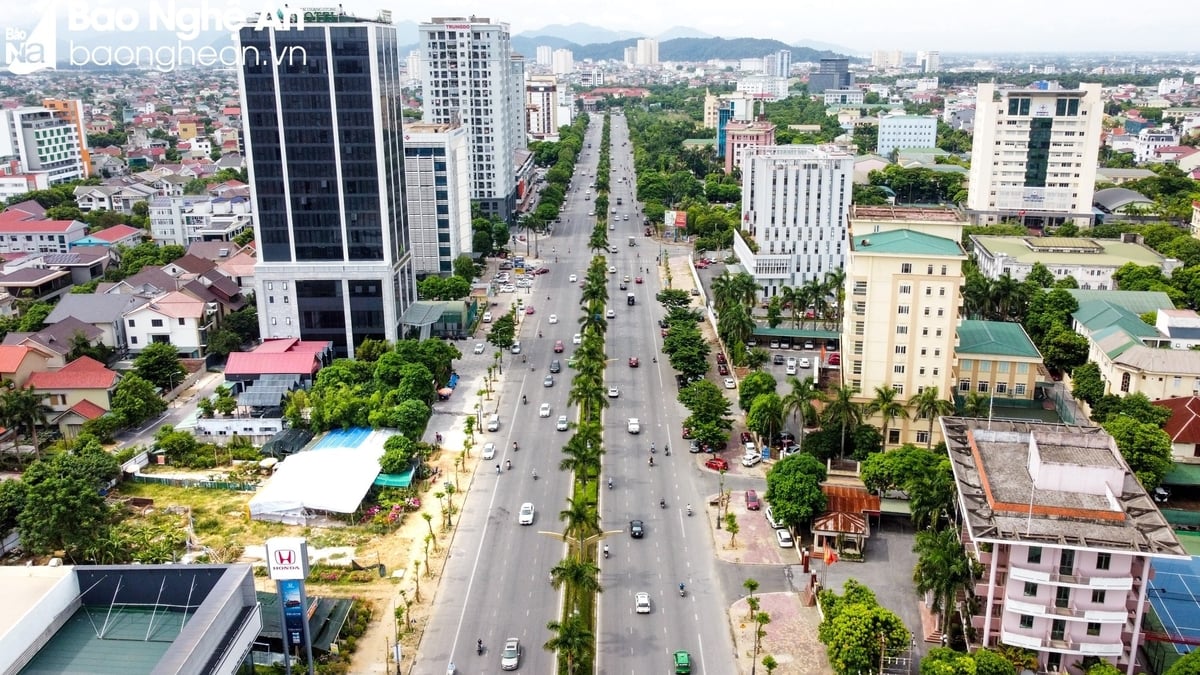
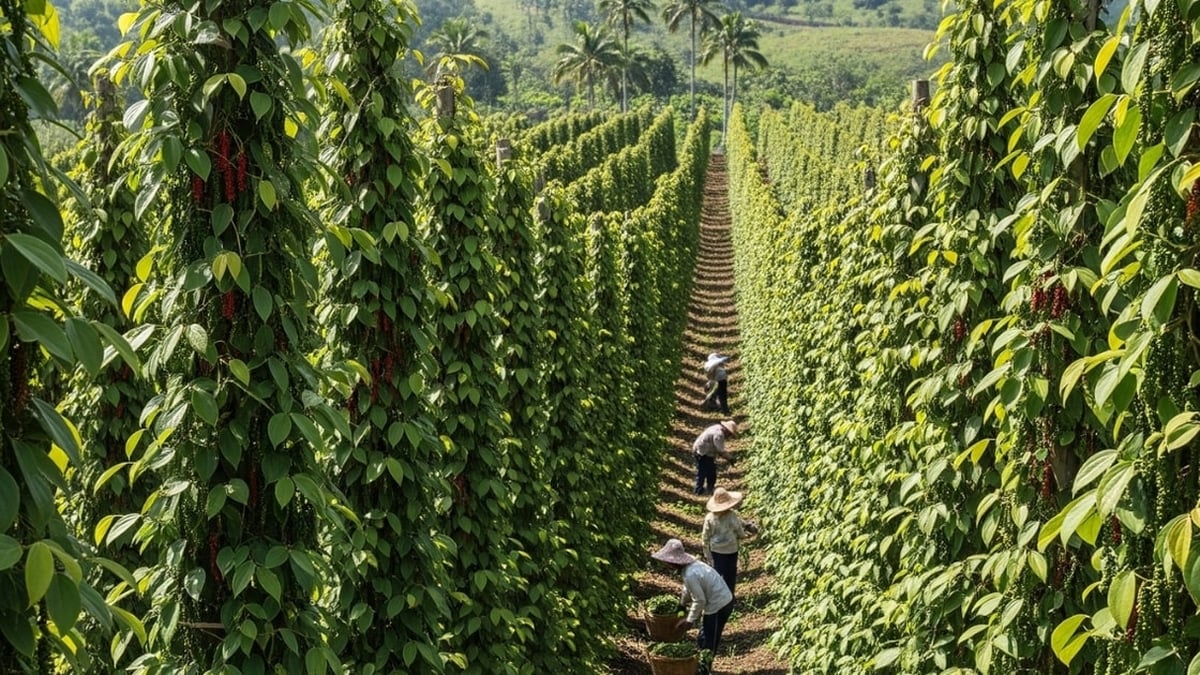
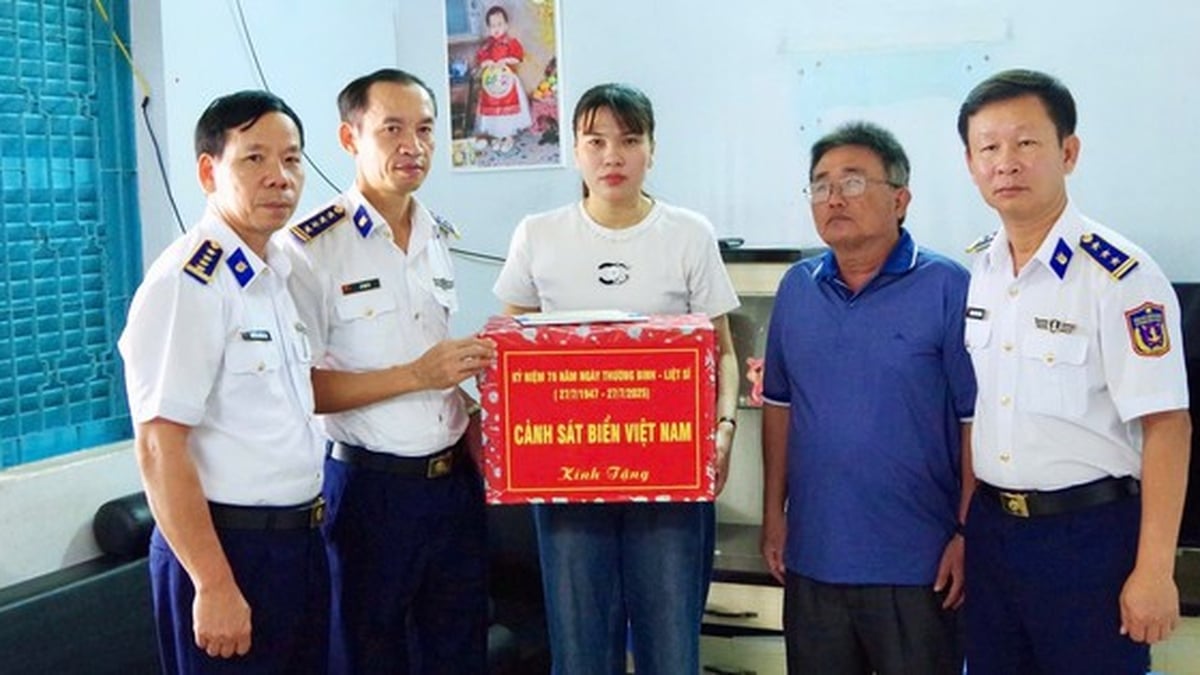


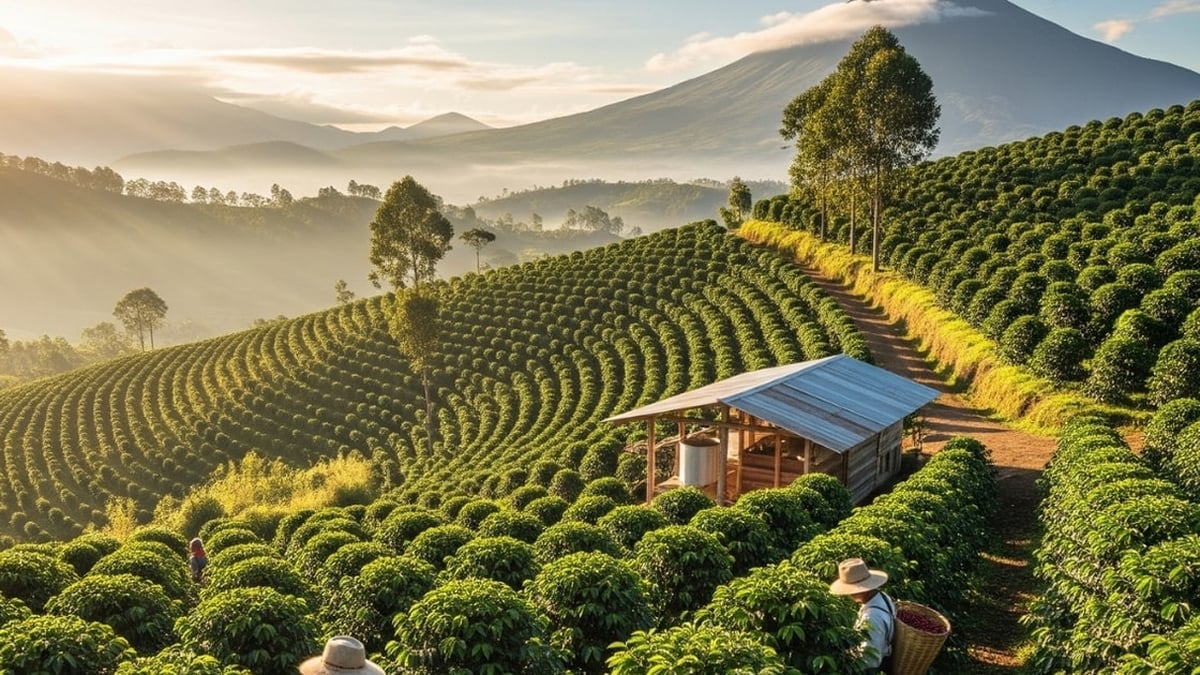

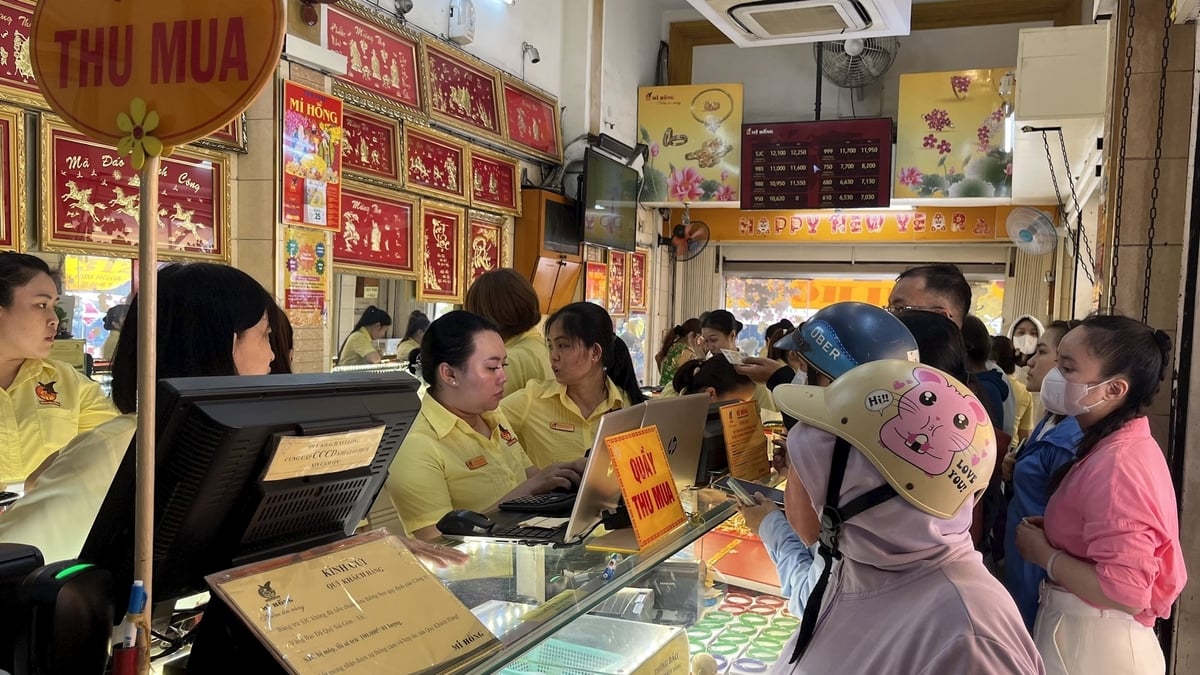























































































Comment (0)